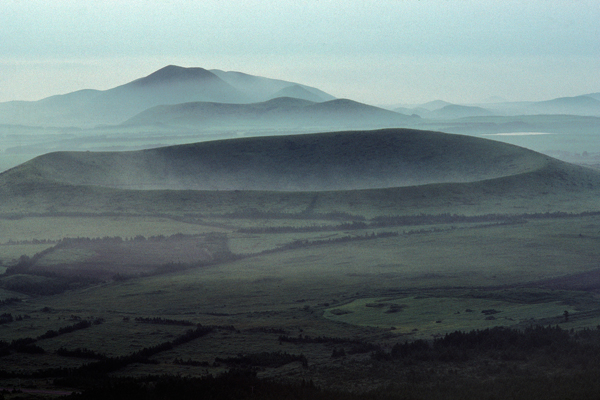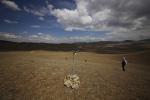|
The Korea Economic Institute projected last April that the country will take a 800 trillion won hit to the economy by 2100 as Korea’s average temperature is expected to rise in that period by 4 degrees Celsius.
Located in the southern tip of the Korean peninsula, and the home of over 20,000 bio-species, Jeju Island is considered the bellwether for rapid climate change that is sweeping across Northeast Asia. The island is also an outpost for the nation’s climatologists who are struggling to formulate strategies to help mitigate the effects of warming temperatures in the region.
To some though, global warming is a blessing. Local tangerine farmers are now turning to the more profitable mango, guava, papaya and other tropical fruits. As many farmers and fishermen on the island are eyeing opportunities to capitalize on climate change, the net gain earned from global warming may soon outweigh the negative loss in Jeju. It remains to be seen though how much extra money the island’s farmers and fishermen would need to make by cultivating tropical crops and fish stock in Jeju, to cancel out the country’s projected loss due to global warming.
Compiled below is a collection of anecdotal evidence of the myriad effects and changes brought as a result of Jeju’s warming climate, as surveyed and reported by the island’s scientists.
1.
Winter has not visited Jeju Island since 2000, according to a climate research paper published on May 24 by the Korea Meteorological Administration. Jeju Island’s winters lasted an average of 36 days from 1924 to 1933 but since the year 2000 the number of winter days on Jeju, as defined scientifically, has been zero. The prime suspect that is believed to have stolen winter from Jeju is global warming. The average temperature in Jeju is now 16.3 degrees Celsius year round, about 1.6 degrees higher than the period between 1924 and 1933.
2.
| |
 |
|
| |
A group of Korean scientists announced on Jan. 8 that they had discovered on Jeju Island the larvae of an Asian tiger mosquito, a carrier of the dengue fever virus. The discovery suggests the country is no longer safe from the life-threatening tropical disease. Dengue is a flu-like viral disease that is spread through the bite of infected mosquitoes. “We have reported our findings to the Korea Centers for Disease Control and Prevention,” said Lee Keun Hwa, a professor at Jeju National University. He presented the discovery at a recent forum on climate change in Jeju, arguing that, as dengue is a tropical disease, the discovery suggests the island is becoming subtropical as a result of global warming.
3.
| |
 |
|
| |
Jeju tangerines are now able to be grown on the southern tip of the mainland thanks to rising temperatures, cutting into the incomes of the island’s tangerine farmers. To ward off the growing threat from the mainland, local tangerine farmers are now turning to mango, guava, dragon fruit, papaya and other tropical fruits which are more profitable than tangerines. “Each degree of temperature rise pushes up the upper limit of arable land for tropical crops by 100 kilometers,” said Jeon Sung Jong, a researcher at National Institute of Horticultural and Herbal Science who studies agriculture and its relation to climate change.
4.
| |
 |
|
| |
The Blue-winged Pitta, an endangered bird species not previously seen in Korea, was spotted on Marado last year according to the Jeju Wildlife Research Center. The bird inhabits subtropical and tropical moist lowland forests in southern China and some South East Asian countries. The bird migrates at night and spends the winter in Sumatra, Borneo, and Singapore. Kim Eun Mi, director of the Research Center, said his organization will continue to observe and conduct research to forecast possible changes among the habits of migrant birds that is related to climate change.
5.
| |
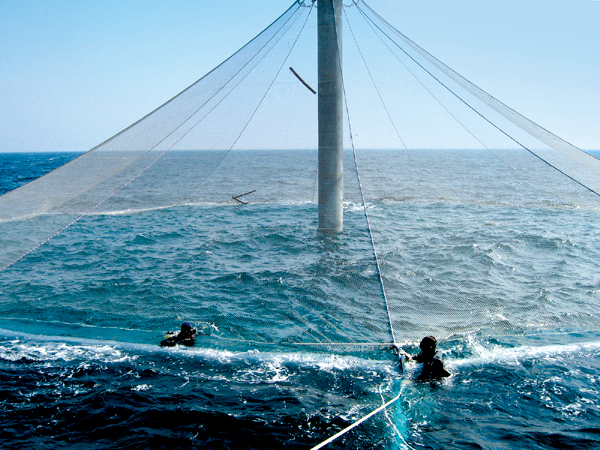 |
|
| |
Korean waters are becoming increasingly crowded with subtropical fish stock including the hammerhead shark and purple octopus. Off the coast of Pyoseon, some 400 bluefin tuna are now grown in seven giant cages moored 40 meters below the surface. The tuna were caught near Chuja-do last October when they were 2 to 3 kilograms in weight. They have now grown to 15 kilograms each and will be on the market when they reach 35 kilograms. Harvesting the blue gold of the ocean in Jeju waters has now become feasible thanks to the rising sea water temperature in the peninsula.
6.
| |
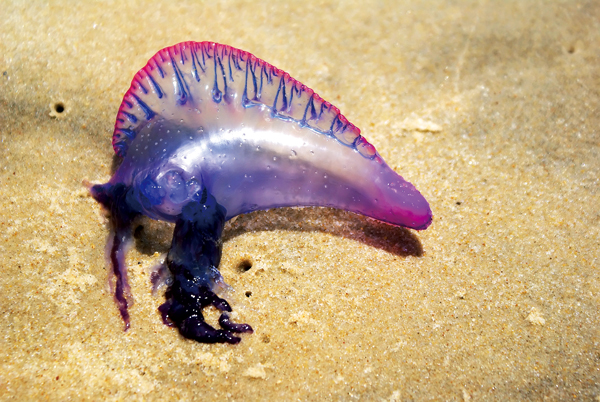 |
|
| |
Scientists have observed the now regular influx of the poisonous Portuguese man-of-war, a type of blue-colored jellyfish resembling the shape of a balloon and see this as a sign of climate change. “I see certain species from tropical areas [in Jeju waters] like the small and poisonous Portuguese man-of-war,” said Choi Kwang Sik, a marine ecology professor at Jeju National University. Like other jelly fish, its tentacles are covered in venom which, although not deadly, is known to be excruciating for humans if stung. “They’re floating away from the tropical areas, like Okinawa or Taiwan,” Choi said. “In the past, there would be one or two. Nowadays, every summer they come. That’s a certain sign of global warming.”
7.
| |
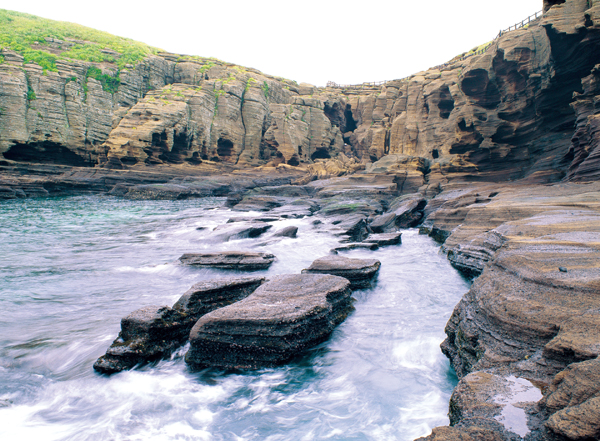 |
|
| |
Jeju also seems to be losing some important opportunities at popular tourist spots due to global warming. The sea level around the Yong-meori tuff cone has risen by 22.8 centimeters since 1970, increasing the off-limit hours to the island’s tourist gem from 4 hours to upward of 8 hours a day.
8.
| |
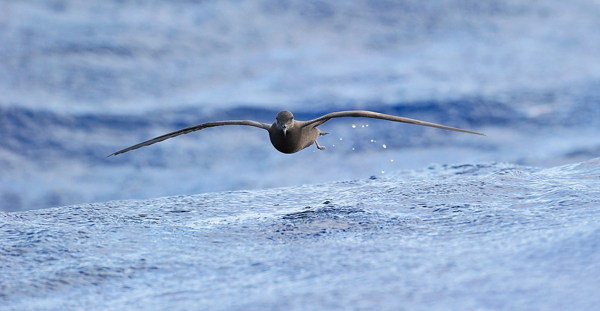 |
|
| |
Researchers at the National Institute of Biological Resources announced on Aug. 28 that they had discovered a Bulwer’s Petrel in Jocheon, Jeju City. About 28 centimeters long, the bird breeds on islands across the north Pacific from east of China to Hawaii. After breeding, birds disperse to spend the rest of the year at sea, mainly in tropical waters. The Bulwer’s Petrel is a small petrel in the family Procellariidae, and is one of two species in the genus Bulweria.
9.
Two subtropical variants of Leptodius exaratus, a medium-sized crab were found in Jeju waters this summer together with two more subtropical variants of prawns, according to the National Institute of Biological Resources. The institute said it is further evidence of Jeju waters turning to subtropical seas. Altogether the institute has found 117 new and 168 unrecorded species in Korea after a nationwide survey conducted throughout the year.
10.
| |
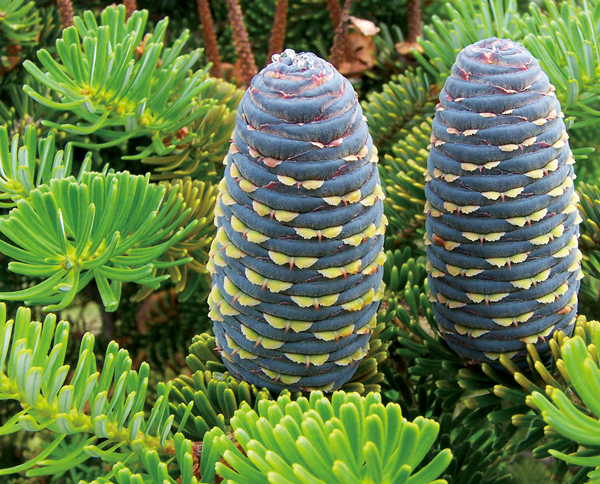 |
|
| |
Korean Fir in Mt. Halla has traditionally grown mostly at the altitude of 1,300 meters. However, it is now only found at the altitude of 1,500 to 1,700 meters due to the warming temperature of the island. Korean Fir (Abies koreana) is a fir native to the higher mountains of South Korea, including those of Jeju Island. It grows at altitudes of 1,000-1,900 meters in temperate rain forests with high rainfall and cool, humid summers, and heavy winter snowfall.
|



















